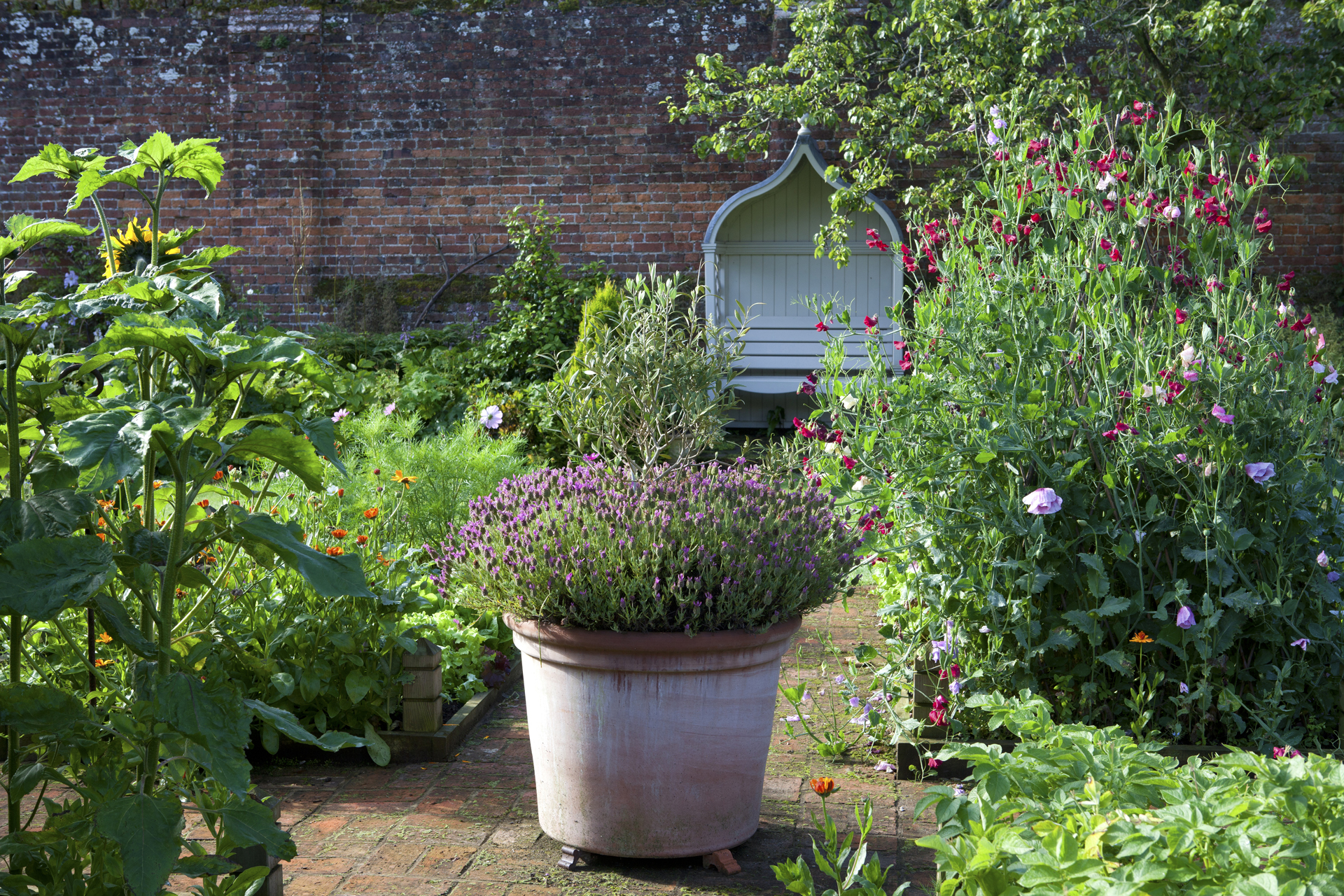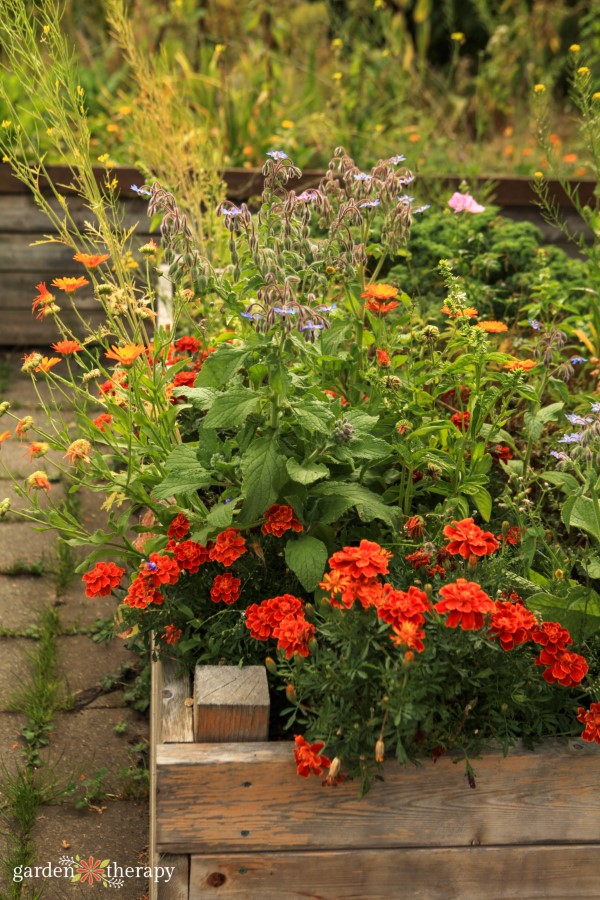Keep Your Garden Pestfree With Pyrethrum Companion Planting
Keep Your Garden Pest-Free with Pyrethrum Companion Planting
Pests can be a major problem for gardeners, but there are natural ways to keep them at bay. One effective method is companion planting, which is the practice of planting certain plants together to deter pests or attract beneficial insects.
One plant that is particularly effective for pest control is pyrethrum. Pyrethrum is a natural insecticide that is derived from the flowers of the chrysanthemum plant. It is a non-toxic and biodegradable insecticide that is effective against a wide range of pests, including aphids, beetles, caterpillars, and mosquitoes.
Pyrethrum can be used in a variety of ways to control pests in the garden. It can be made into a spray that can be applied to plants, or it can be used as a dust that can be applied to the soil. Pyrethrum can also be used as a repellent, which can be done by planting pyrethrum plants near other plants that are susceptible to pests.
In addition to its insecticidal properties, pyrethrum also has a number of other benefits for the garden. It is a good source of nectar for pollinators, and it can help to attract beneficial insects such as ladybugs and lacewings. Pyrethrum also helps to improve the soil quality, and it can help to deter rabbits and other small mammals.
Here are some of the benefits of using pyrethrum in companion planting:
- Deters a wide range of pests
- Non-toxic and biodegradable
- Effective against both adult and larval pests
- Can be used as a spray, dust, or repellent
- Attracts beneficial insects
- Improves soil quality
- Deters rabbits and other small mammals
Here are some of the plants that are good companion plants for pyrethrum:
- Carrots
- Cucumbers
- Eggplants
- Lettuce
- Melons
- Peas
- Peppers
- Potatoes
- Spinach
- Tomatoes
To plant pyrethrum as a companion plant, simply plant it near other plants that are susceptible to pests. You can also plant pyrethrum in a border around your garden to help deter pests from entering.
Here are some tips for using pyrethrum in companion planting:
- Plant pyrethrum in full sun.
- Water pyrethrum regularly, especially during hot, dry weather.
- Fertilize pyrethrum with a balanced fertilizer once a month during the growing season.
- Deadhead spent flowers to encourage new blooms.
- Harvest pyrethrum flowers when they are fully open.
Pyrethrum is a valuable tool for pest control in the garden. It is a natural, non-toxic, and biodegradable insecticide that is effective against a wide range of pests. Pyrethrum also has a number of other benefits for the garden, such as attracting beneficial insects and improving soil quality. By planting pyrethrum as a companion plant, you can help to keep your garden pest-free and healthy.
Pyrethrum is a natural insecticide that can be used to control pests in the garden. It is also a popular companion plant, meaning that it can be planted near other plants to benefit their growth.
Some of the benefits of planting pyrethrum with other plants include:
- Attracting beneficial insects. Pyrethrum attracts beneficial insects, such as ladybugs and lacewings, which help to control pests.
- Reducing the need for chemical pesticides. Pyrethrum is a natural insecticide, so it can be used to control pests without the need for chemical pesticides.
- Improving soil quality. Pyrethrum helps to improve soil quality by breaking down organic matter and releasing nutrients.
If you are interested in learning more about pyrethrum companion planting, I recommend visiting Gardenia Inspiration. This website has a wealth of information on the topic, including a list of plants that are compatible with pyrethrum.
FAQ of pyrethrum companion planting
Q: What is pyrethrum?
A: Pyrethrum is a genus of flowering plants that includes chrysanthemums. The flowers of pyrethrum plants contain pyrethrins, which are natural insecticides. Pyrethrum is often used in companion planting to repel pests.
Q: What are the benefits of companion planting with pyrethrum?
A: Pyrethrum can help to repel a variety of pests, including aphids, beetles, caterpillars, and mosquitoes. It can also help to attract beneficial insects, such as ladybugs and lacewings. Companion planting with pyrethrum can help to reduce the need for chemical pesticides, which can be harmful to the environment and human health.
Q: What plants are good companions for pyrethrum?
A: Some good companions for pyrethrum include tomatoes, peppers, eggplants, beans, peas, and lettuce. These plants benefit from the insect-repelling properties of pyrethrum. Other good companions include marigolds, nasturtiums, and yarrow. These plants attract beneficial insects that help to control pests.
Q: How do I plant pyrethrum with other plants?
A: Pyrethrum can be planted in the same bed as other plants, or it can be planted as a border around the bed. When planting pyrethrum with other plants, it is important to choose plants that have similar water and sunlight requirements.
Q: How do I care for pyrethrum?
A: Pyrethrum is a relatively easy plant to care for. It needs full sun and well-drained soil. It should be watered regularly, but not too much. Pyrethrum can be propagated from seed or by division.
Image of pyrethrum companion planting
- Pyrethrum and tomatoes. Pyrethrum is a natural insecticide that can help to protect tomatoes from pests.

- Pyrethrum and roses. Pyrethrum can also help to deter pests from roses.

- Pyrethrum and lavender. Lavender and pyrethrum both attract beneficial insects, which can help to keep pests in check.

- Pyrethrum and mint. Mint and pyrethrum can help to repel mosquitoes and other pests.

- Pyrethrum and chamomile. Chamomile and pyrethrum both have calming properties, and they can be planted together to create a relaxing garden space.

Post a Comment for "Keep Your Garden Pestfree With Pyrethrum Companion Planting"